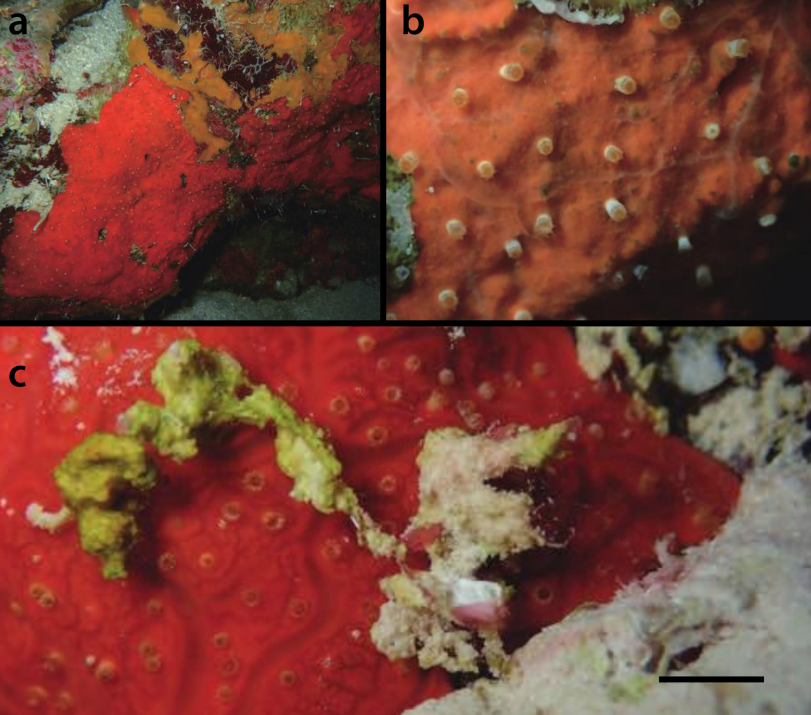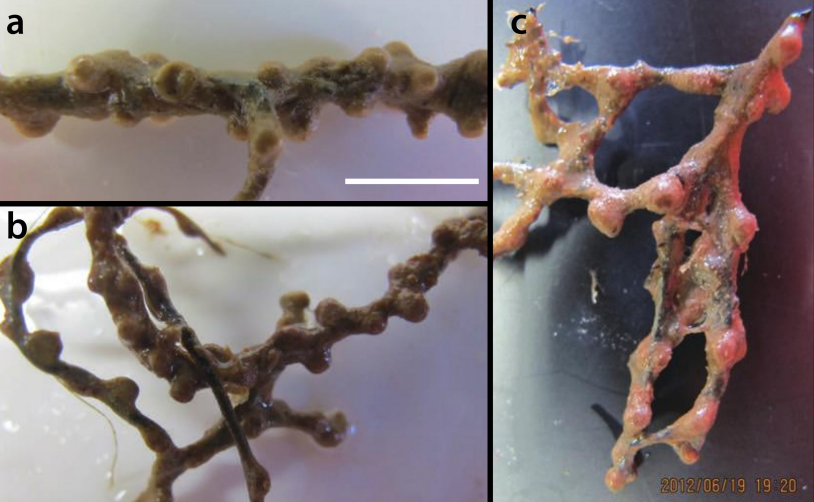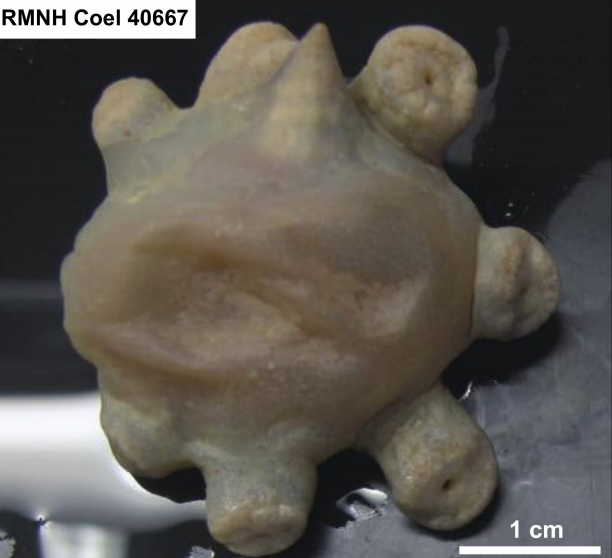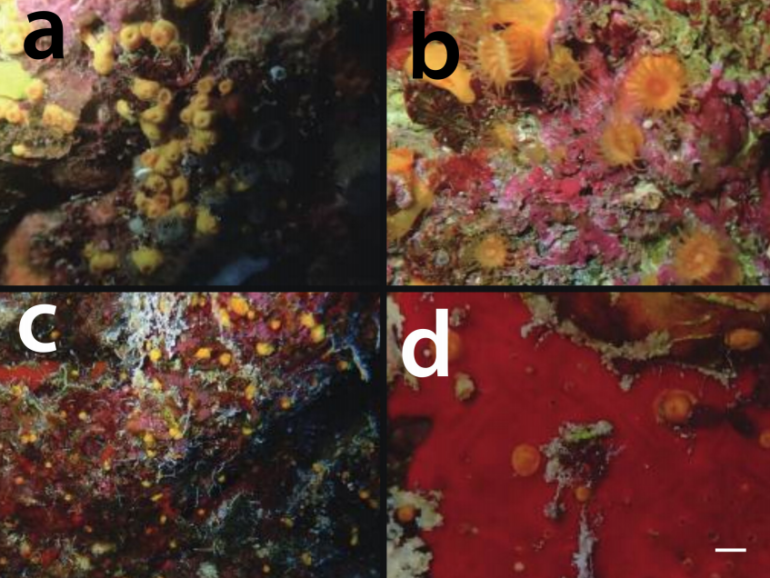The biodiversity of the Dutch Caribbean has been studied for 250 years, but most records of Zoantharians don’t go much beyond the genus level or are grouped into generic catch-all species despite being common. A group of zoantharian specialists from Japan and the Netherlands has sought to change that by collecting and DNA testing new specimens as well as reexamining huge numbers of historic records and data of species collected and described from the area.
The five-year study (part-funded by WWF,) involved fieldwork in Bonaire, Curaçao, and St Eustatius and resulted in a list of at least 16 species, the description of new species Parazoanthus atlanticus, as well as revealing undescribed species Antipathozoanthus aff. macaronesicus, Epizoanthus sp., Umimayanthus sp., Zoanthus sp., and Parazoanthidae sp. All of which require further study. And for some taxonomic records, revision.
Comparisons were also made between species found commonly in history, but which are now scarce, possibly demonstrating the modern anthropological pressures that Dutch Caribbean waters are under as well as the threat from climate change. The discovery of two previously unknown species in depths over 200metres also highlights the need for surveys in mesophotic and deep-sea ecosystems.

Specimen data
Specimens were analyzed from the Coelenterata and Porifera collections at the Naturalis Biodiversity Center in Leiden, the Netherlands, and from the Molecular Invertebrate Systematics and Ecology (MISE) Laboratory collection at the University of the Ryukyus in Okinawa, Japan. Specimens and surveys included the island states of Aruba, Curaçao, Saint Maarten, and the Caribbean Netherlands including the islands of Bonaire, Saint Eustatius, Saba, and submerged Saba Bank.
479 zoantharian specimens were analyzed in total made up of 181 specimens at the Naturalis collections and 298 at MISE. Among the specimens from the MISE collection, 173 were collected in the Saint Eustatius survey of 2015, 86 were collected in the Curaçao survey of 2017, and 39 were collected in the Bonaire survey of 2019. Palythoa caribaeorum was the most commonly found species across all the surveys.

Morphological differences
External morphological characteristics were used to identify the Zoantharians in the field including general colony morphology, polyp size, and tentacle numbers. Back in the lab, nematocysts (stinging apparatus,) were analyzed under the microscope, and for the newly described species, further molecular phylogenetic analyses were also used.
Parazoanthus atlanticus
Photographs of the new species look superficially similar to the Parazoanthus “gracilis” which is now available again to saltwater aquarists from the Indo-Pacific, but the yellow/orange polyps of the new species are much smaller at only 3mm wide and 1.4mm high, on average. The polyps have approximately 24 to 30 tentacles and colonies generally consist of clusters of between three and 14 polyps, according to the scientific paper.
Many of the species in the study can be found growing naturally on sponges or hydroids. P.atlanticus grows on sponges and is so-named “atlanticus” by the paper’s authors because of its wide distribution across the Atlantic. The Holotype was collected at Directors Bay, Curacao, at a depth of 27 meters.
The Zoantharian classes Anthozoa, Hexacorallia, and Zoantharia are commonly observed rock and reef-dwelling benthic organisms in the Caribbean and other subtropical to tropical regions of the Atlantic.
More info https://www.mdpi.com/1424-2818/12/5/190




